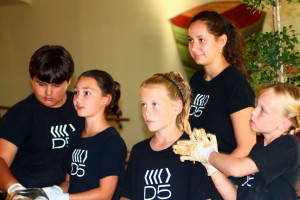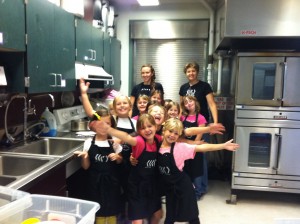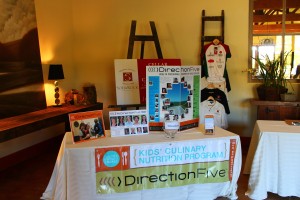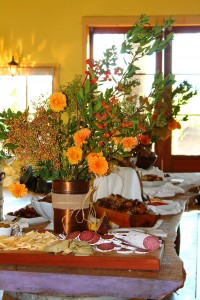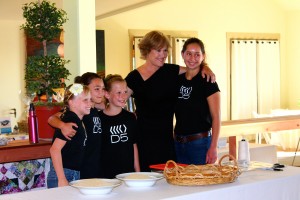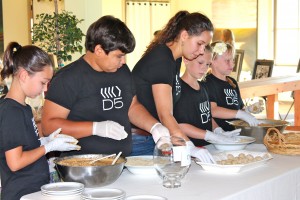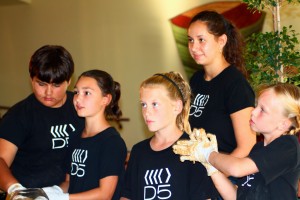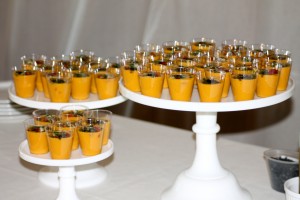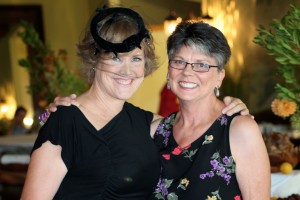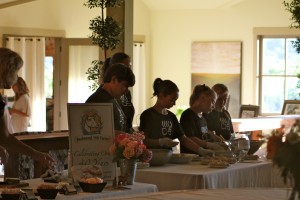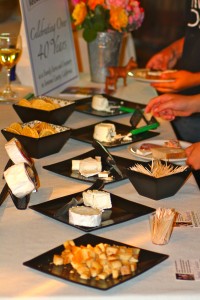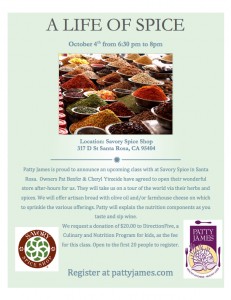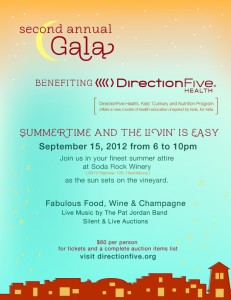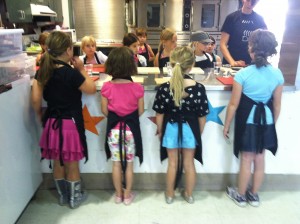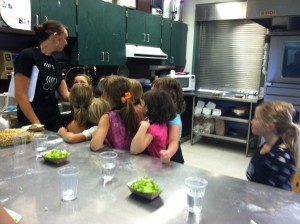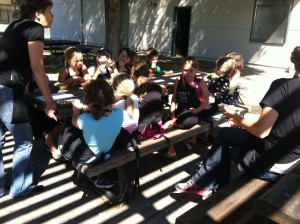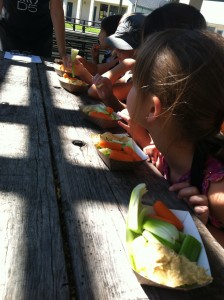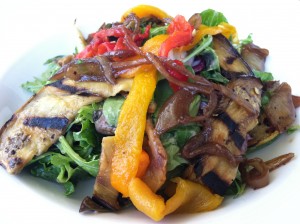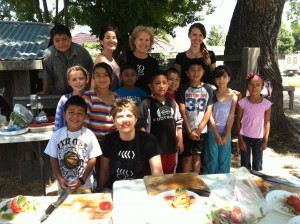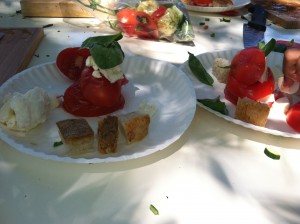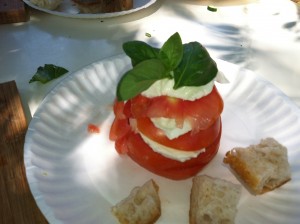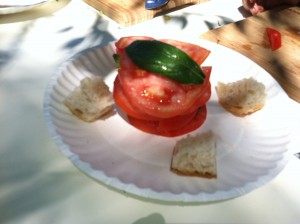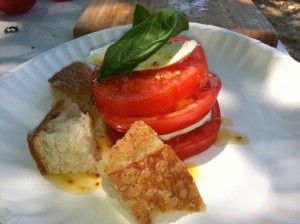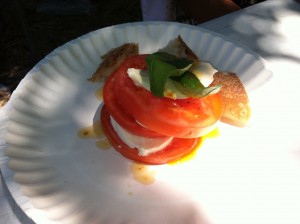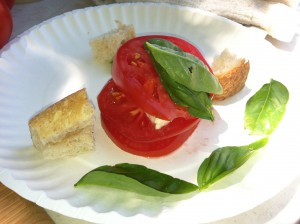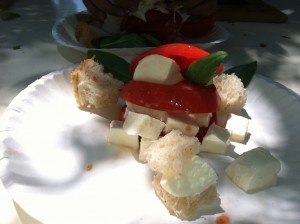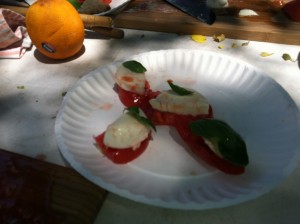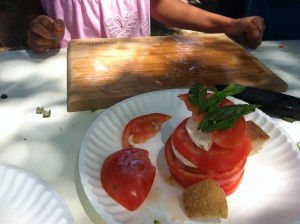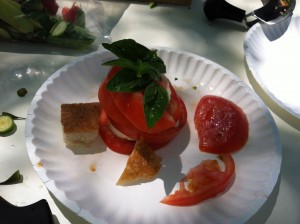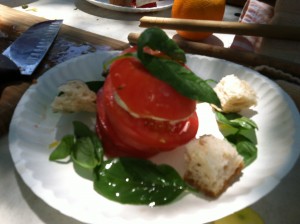First, the Sad Facts about America’s Kids from the Centers for Disease Control
- Among preschool children aged 2-5, obesity increased from 5.0% to 10.4% between 1976-1980 and 2007-2008 and from 6.5% to 19.6% among those aged 6-11.
- Among adolescents aged 12-19, obesity increased from 5.0% to 18.1% during the same period. The prevalence of pre-diabetes and Type-2 diabetes from 9% in 1999 to 23% in 2008.
- The percentage of young people who are obese has approximately tripled since 1980. In 2003–2006, 16.3 % of children and adolescents aged 2–19 years had a body mass index greater than or equal to the 95th percentile for age and sex on the CDC growth charts.
- In 2007, 65% of young people in grades 9–12 did not get the recommended amount of physical activity; 35% watched television for 3 or more hours on the average school day
- Non-alcoholic fatty liver disease (NAFLD) is identified as an important liver disease in children, occurring even in the very young.The incidence in the general population is 2.6% but increases to 53% in obese children; thus, NAFLD is expected to become the most common cause of pediatric chronic liver disease in the near future.
- Obesity is a significant risk factor for asthma: investigators have suggested a link between the pro-inflammatory state in obesity and the increasing prevalence of asthma.
- Among children and adolescents, annual hospital costs related to obesity were $127 million during 1997–1999 up from $35 million during 1979–1981.
American adolescents carry a heavy burden of future heart disease and diabetes risk, and while obesity has strongly contributed to their poor health prospects, normal-weight kids not consuming enough health-supporting foods are at risk for various diseases as well. Lack of dietary fiber, as just one example, affecting gastrointestinal health, is a major problem in adolescents.
Addressing obesity and ill-health in today’s children will alter the frequency and severity of a host of diseases they will encounter decades later, a return on investment that may be profound, says the National Commission on Prevention Priorities (NCPP)
Although these statistics are disheartening, at DirectionFive, we know that we can help. We are founded on the principles that if kids are a part of the process, they will be part of the solution. Our five programs are based on what the kids told us they want to learn in combination with the information we know they must learn. With DirectionFive’s help, our kids receive the necessary tools to live healthier lives, while having a healthy dose of fun in the process!
D5’s five programs cover many aspects of health. We educate in the fundamentals of nutrition and the effects of stress. We show the importance of fitness as well as covering the connection between the Earth’s health and their personal health. The key to our success is this: These lessons are taught as kids learn to cook–a vital life skill and proven determinant of health.
Our mission is simple:
Our mission is to improve the health of kids so they can lead healthier, happier, more productive lives.
“Tell me and I will forget, Show me and I will remember, Involve me and I will understand
